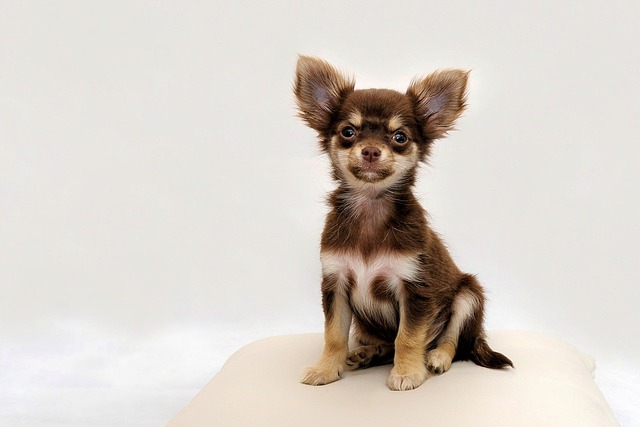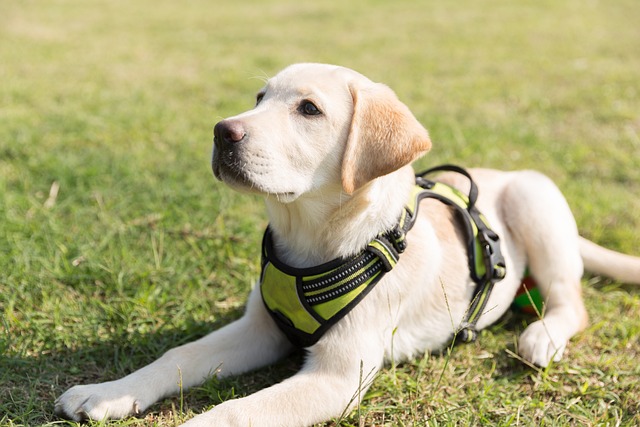
What can I give my dog for Tracheobronchitis?
When hearing a dog coughing violently, with a heavy and rapid breathing sound, and seeing its once lively figure becoming listless, the owner's heart tightens with worry.
During the time spent with dogs, bathing them is an important and enjoyable task. Whenever a dog gets covered in mud or gives off an unpleasant odor, giving it a bath can not only make the dog clean and fresh again but also draw us closer to the dog. However, during the process of bathing a dog, many people have the question: Can we use a hairbrush to bathe a dog?
For most dogs, it is not recommended to use a hairbrush to bathe them. A hairbrush is originally designed for cleaning human hair, and its design concept, bristle material, and shape are quite different from the physiological characteristics of dogs. A dog's skin is much more fragile than that of humans. The epidermis layer of a dog's skin has only 3 to 5 layers, while that of humans has 10 to 15 layers. This means that a dog's skin is more vulnerable to external stimuli and damage. The bristles of a hairbrush are usually quite stiff. When bathing a dog with it, even if we are careful, it is difficult to avoid scratching the dog's skin due to improper control of the force. Once the skin is damaged, bacteria and viruses can easily take advantage of the situation and cause various skin diseases, making the dog suffer from discomfort such as itching and pain.
In addition to the vulnerability of the skin to injury, the use of a hairbrush may also cause a strong sense of discomfort to the dog, leading to fear and resistance towards bathing. Dogs have a keen sense of perception. The stiff touch and large friction of the hairbrush will make them feel uneasy and painful. When this negative experience occurs repeatedly, the dog will associate bathing with unpleasantness, and it will be extremely difficult to bathe them in the future. For example, a previously docile dog may struggle and resist during bathing, not only increasing the difficulty of bathing but also potentially causing accidental injuries to both the dog and the owner.

In terms of the cleaning effect, a hairbrush is not an ideal tool for bathing a dog either. The hair structure and growth pattern of dogs are different from those of humans. Their hair is denser, and many dogs have a double coat. A hairbrush is difficult to reach deep into the bottom of the dog's hair to thoroughly remove dirt and dust. In contrast, gently rubbing the dog's hair with hands can not only better control the force but also allow the shampoo to fully contact the hair and skin, achieving a better cleaning effect. Moreover, bathing the dog with hands can also make the dog feel the owner's care and warmth, enhancing the trust between them.
Although it is not recommended to use a hairbrush to bathe a dog, it does not mean that we cannot use tools to make the bathing process easier and more efficient. There are many bathing tools specially designed for dogs on the market, such as a silicone bath brush. The bristles of a silicone bath brush are soft and elastic, and they will not cause harm to the dog's skin. When bathing, it can effectively remove the dirt on the dog's hair and massage the dog's skin, promoting blood circulation and allowing the dog to enjoy the bathing process. In addition, a glove-style bath brush is also a good choice. This kind of bath brush can be directly worn on the hand. Through the soft silicone particles and short hairs, it can clean the dog while petting it, bringing a comfortable experience to the dog and enhancing the relationship between the dog and the owner.
When bathing a dog, in addition to choosing the right tools, there are many other aspects to pay attention to. We should use pet-specific shampoo because a dog's skin is weakly alkaline, while a human's skin is weakly acidic. Human shampoo or body wash will disrupt the acid-base balance of the dog's skin, leading to problems such as dry skin, itching, and allergies. The water temperature for bathing is also crucial. Generally, it is appropriate to control it between 38 and 40 degrees Celsius. This temperature is close to the dog's body temperature, which can make the dog feel comfortable and avoid being frightened or catching a cold due to too high or too low water temperature. The frequency of bathing should not be too high either. Bathing the dog too frequently will damage the oil layer on the surface of the dog's skin and reduce the skin's resistance. Usually, a dog can be bathed once a week in summer and once every 2 to 3 weeks in winter.
Dogs are our loyal companions in life, giving us unconditional love and companionship. In the process of taking care of dogs, every detail reflects our love for them. Although using a hairbrush to bathe a dog may seem like a trivial matter, it may have an impact on the dog's health and emotions. Choosing the right bathing method and tools can not only keep the dog clean and tidy but also let it feel our love and care. Let us use scientific methods and full of love to create a healthy and happy living environment for the dog and accompany it through a wonderful life.

When hearing a dog coughing violently, with a heavy and rapid breathing sound, and seeing its once lively figure becoming listless, the owner's heart tightens with worry.

When we notice that dogs frequently scratch their ears, shake their heads, and even emit unpleasant odors, our hearts are filled with worry.

Dog paw dermatitis, a seemingly insignificant disease that causes countless furry children unbearable pain, concerns every shit shoveling owner.

Watching the dog frequently making the defecation posture but failing to defecate smoothly, restlessly circling on the ground,

When we find that the dog frequently makes the defecation posture but fails every time, and it anxiously circles in place,

When you notice that your usually lively and bright-eyed dog's eyes start to turn red, shed tears frequently, and even squint and resist your touch, your heart will clench with worry. This might mean that the dog has keratitis.